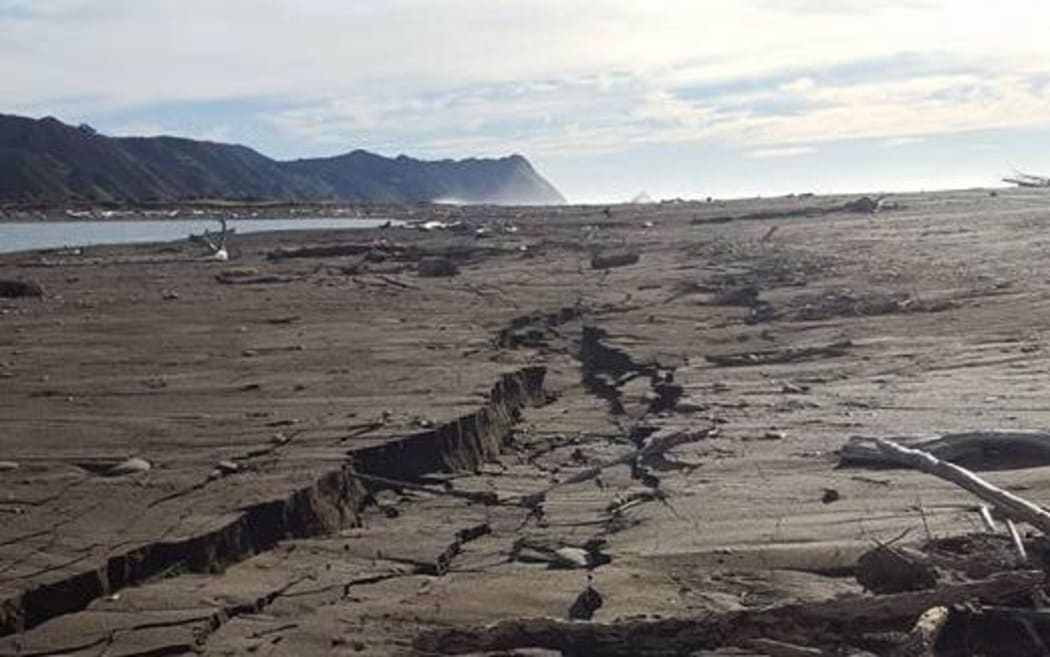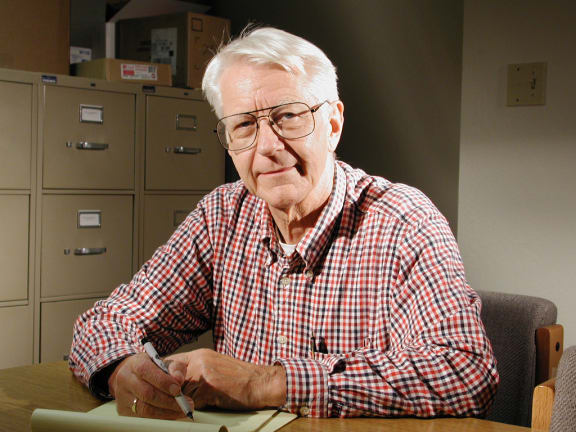A former NASA scientist believes he may have found a way to accurately forecast earthquakes.
Dr Freidemann Freund is in New Zealand hoping to form partnerships with local seismologists to conduct more research.

earthquake Photo: Ali Rewi
His theory is that just before an earthquake the stress put on rocks cause them to generate electric currents which can be detected above ground.
Dr Freund is in New Zealand hoping to form partnerships with local seismologists to conduct more research into his theory and yesterday he gave a talk at GNS Science's campus in Lower Hutt.
The mainstream seismological community has so far been sceptical that his theories will lead to a practical way to detect earthquakes.
Dr Freund says he received a positive albeit “mixed” reaction and says his work has moved beyond the realms of hypotheses.
“The work I have done over decades, before I was ever interested in earthquakes, has shown that we have an absolute certain understanding of certain physical properties that take place in materials including rocks when they are put under stress.”
He says laboratory tests show when rock is under stress at one end an electrical current can be detected at the other.
“This electricity can flow through meters, kilometres probably tens of kilometres of rocks.”
Dr Freund has built a small ground station in Alaska and he hopes many more can be built in earthquake zones around the world so more data can be gathered.
“The only way we can gain some measure of this process is to measure as many different secondary and tertiary processes that follow from this stress-induced current generation.”

Dr Friedemann Freund Photo: Supplied
The ground station on Kodiak Island in Alaska has shown very specific and measurable, processes happening during a seismic event.
Electric currents and electro-magnetic signals are recorded these are followed by other processes; carbon monoxide seeps out of the ground after a few hours and then positive air ions form.
“As an earthquake approaches the whole system switches, we still see electric currents and magnetic signals but then we see the onset of negative ions in the air which is instantly accompanied by ozone formation that is so strong we can actually see it from satellites.”
Dr Freund says the research could allow earthquakes to be forecast to a 36 hour window and up to 10 days in advance.

